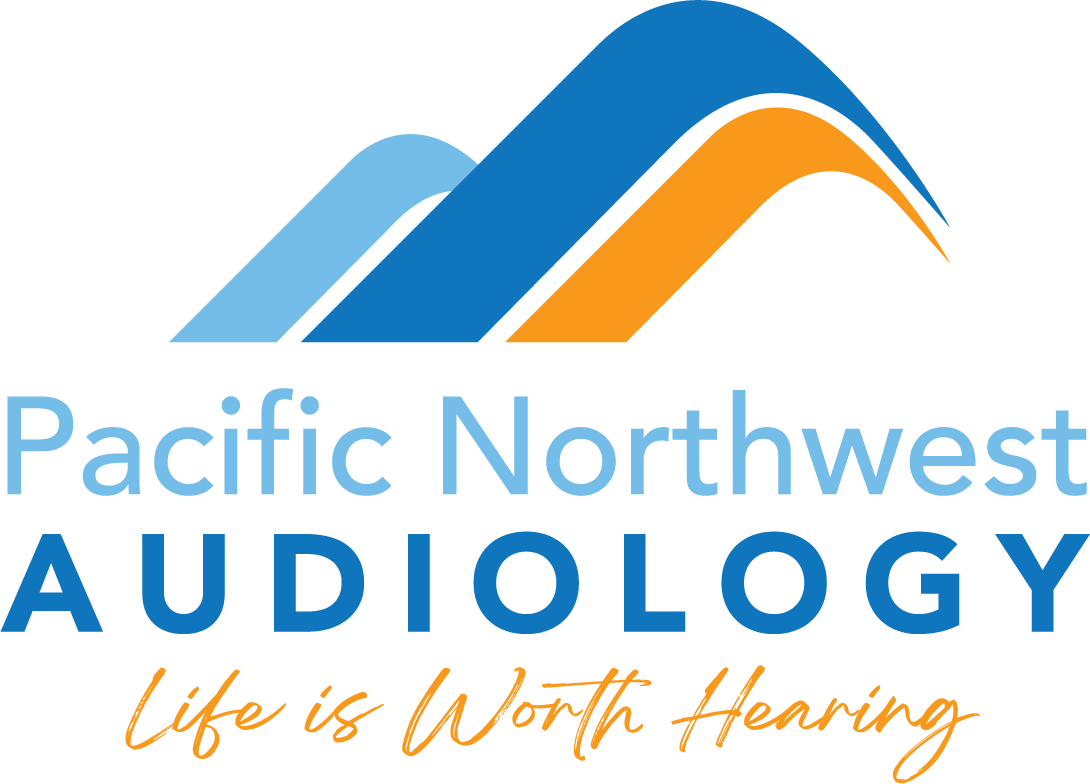
How valuable is your hearing? This question is difficult to answer, because many of us take for granted our hearing ability. We tend not to put a high value on things we expect to have, even if they are very important to us. Such is the case with hearing ability. Those who do not have hearing loss might not even think about how important their hearing ability is for daily life and everyday functioning. On the contrary, they might not imagine how difficult life would become if they did have hearing loss. A recent study attempts to put a dollar amount on the global cost of hearing loss. They arrived at the staggering amount of $981 billion International dollars. This figure might come as a surprise to you, so let’s take a closer look at how they calculated this enormous amount, as well as what you can do to promote treatment for hearing loss in your community.
The Study on the Global Costs of Hearing Loss
The study was published under the title “Estimating the Global Costs of Hearing Loss” in the International Journal of Audiology. The scholars used the 2019 Global Burden of Disease dataset to obtain the hearing loss data, and they compiled other statistics on related variables. Some of the factors that were included in the study were non-hearing related health care costs, educational support, lost productivity, and societal costs posed by lost quality of life. In fact a full 47% of the estimated cost of untreated hearing loss came from estimated costs due to lost quality of life, expressed in years living with disability in 2019. Productivity loss and non-hearing related healthcare costs accounted for the other major portions of the cost of untreated hearing loss.
Understanding the Results
How can we interpret these results about the cost of hearing loss? In the first place, hearing loss is not isolated within the body. On the contrary, hearing loss is associated with many other aspects of physical health. A lack of oxygen in the bloodstream can pose a health risk for hearing loss, leading to comorbidities with cardiovascular disease, diabetes, and other conditions. Those who have untreated hearing loss are likely to have more accidents, falls, and injuries. They also require more return visits to the hospital than their counterparts who do not have hearing loss. These costs account for some of the huge amount that the researchers estimated. In addition to physical health issues, researchers used information on mental health and quality of life issues, as well. In surveys, those who have untreated hearing loss report worse mental health outcomes and lower quality of life. These factors might not seem to relate to economic value, but the researchers tried to quantify some of the expenses that are associated with mental health conditions, including lost productivity in the workplace. In general, those who have untreated hearing loss are less productive in their jobs, and they even tend to have lower incomes than others who do not have hearing loss. This lost productivity was added to the social cost of hearing loss, as well. Finally, the researchers added the cost of educational support into the global cost of untreated hearing loss. Those who do not have hearing aids often require more educational support, adding costs to the educational system in general.
How Do These Results Translate to Real Life?
What can you take away from these results? In the first place, you can advocate for the needs of those with hearing loss in your community. When you know the cost of hearing loss, you can do your part to help those who have needs. In addition, you can encourage anyone in your life with untreated hearing loss to seek the treatment they need. Although untreated hearing loss is quite costly, those who get treatment tend to have better physical, mental, and cognitive health outcomes, as well as stronger relationships at work and in the community. These improvements can only come when a person starts the process with a hearing test. A hearing test is a simple way to get a full understanding of hearing capability, pointing toward the right range of hearing aids that can meet that person’s individual needs.
